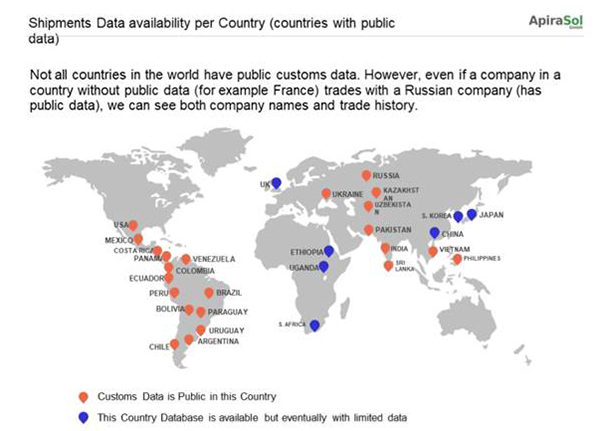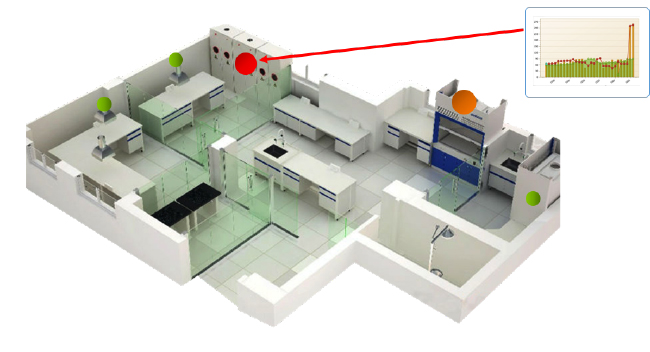In a recent exclusive column on Food Safety Tech, Laura Lombard, CEO of ImEPIK, discusses why food companies should be investing in PCQI training beyond basic FSMA requirements. During the following Q&A, she expands on these insights further to shed light on some of the misunderstandings companies have when it comes to the PCQI requirements under FSMA as well as tips for how to approach PCQI training itself.
Food Safety Tech: What are some of the misconceptions with the FSMA PCQI requirements?

Laura Lombard: The FSMA rule allows for alternate PCQI training in addition to the original FSPCA training. PCQI trainings are accepted as long as they meet the standardized curriculum recognized by the FDA. The FDA never intended that one organization have a monopoly over PCQI training but equally wants to ensure that core competencies in preventive controls are met.
The FSMA regulation does not require you to have a different PCQI per facility. However, it does require a PCQI to be in charge of an individual food safety plan per location. Depending on how many facilities your particular company has, you may want to consider more than one PCQI to oversee these different food safety plans to ensure that food safety plans are regularly updated and properly implemented.
FST: How should food companies be investing in PCQI training beyond the basic FSMA requirements?
Lombard: It’s very important to have at least one back up PCQI in place to ensure you are always covered if your head PCQI is out sick, on family leave, departs from the company, etc. This isn’t only to meet the FDA requirement of having a PCQI on your team, but also to ensure you are keeping your brand, product, and customers safe. The more you can protect yourself from having to do a recall of your product, the better. Recalls cost an average of $10 million, and this does not including damage to your brand and customer retention.
ImEpik and Food Safety Tech have partnered to offer PCQI online training, with special pricing options for attendees of the 2019 Food Safety Consortium Conference & Expo | Learn moreFST: What are your top tips for companies regarding PCQI training?
Lombard: Be proactive in ensuring your employees are trained. The regulation is the minimum required, but for a small investment, you can ensure more of your food safety staff is current on best practices to ensure your products’ quality and safety.
Look for training that fits your individual or company needs and learning styles. Look for training that is interactive and going to test knowledge rather than just death by PowerPoint. Again, the goal shouldn’t be to check a regulatory box but to ensure that your staff has the knowledge needed to maintain your brands quality, reputation and customer base.
FST: What are some of the differences between the various PCQI trainings on the market?
Lombard: There are three types of trainings that all require 20-hours of content: 1) An in-person version where an instructor leads a 2 or 2.5 day training, 2) a blended-online version that has some content that is self-paced but also requires a set time and date for a webinar portion, and 3) a 100% self-paced online course that does not require a webinar. Some of the blended versions claim to be 100% online. It is true in the sense that both the self-paced content and webinar are computer-based, but it is not as convenient as being able to do the entire training on your schedule. All versions have their pros and cons, but doing the course online can save your company significant time and money by not requiring travel or set timeframes. We have learned that online versions allow learners more opportunity for mastering the material through regular assessments and remediation as needed. It is also an opportunity to practice knowledge through scenarios in a low-risk environment. Lastly, done correctly, online training can be more interactive through the use of games, videos and audio tools to keep learners engaged.























